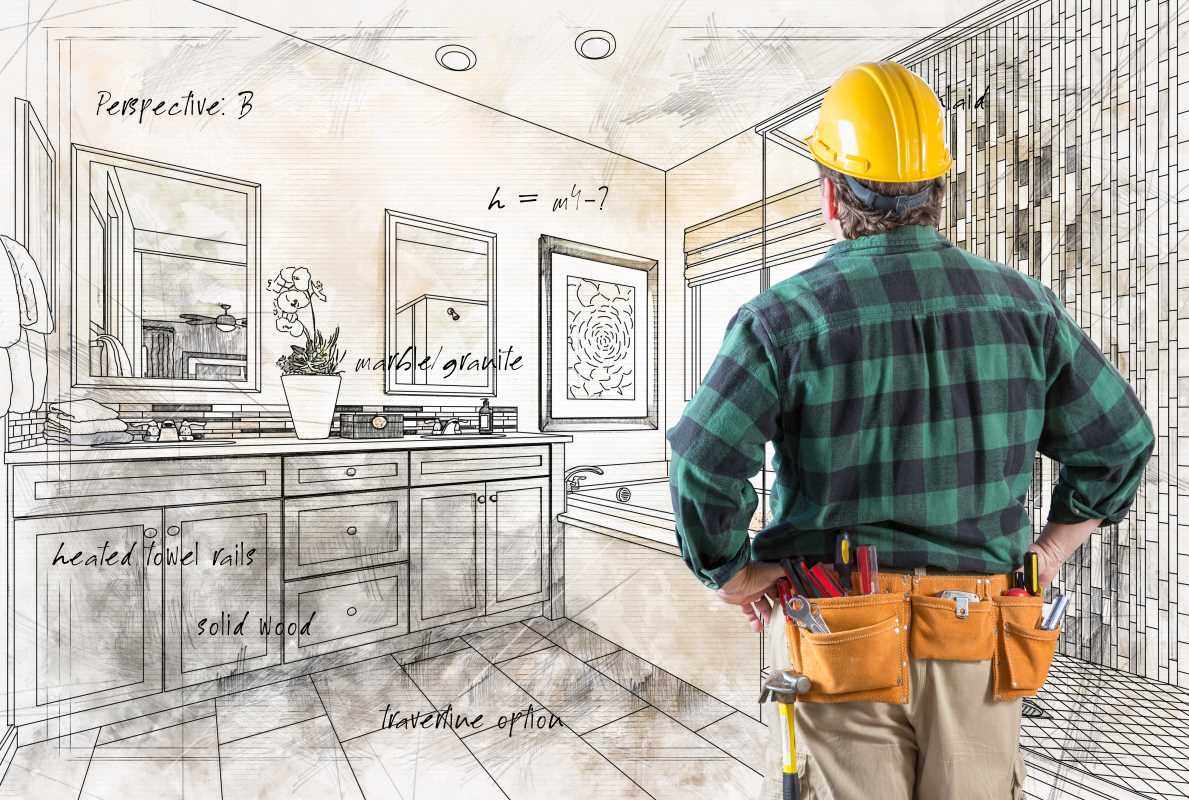Creating a home that’s wheelchair-friendly is about more than just accessibility; it’s about fostering comfort, independence, and a space where everyone feels included. For wheelchair users, furniture placement plays a big role in ensuring mobility and functionality throughout the home. With a little planning and some smart adjustments, you can design a layout that suits everyone in the household.
This guide is packed with practical tips to help you map out accessible, stylish furniture arrangements for your home. It’s time to think beyond ramps and grab bars and focus on making every room easier to enjoy.
General Principles for Accessibility
Before we jump into room-specific advice, there are a few overarching design principles to keep in mind when laying out furniture for wheelchair users.
Keep Pathways Open
The most essential part of wheelchair-friendly design is maintaining clear pathways. Ensure there’s at least 32–36 inches of clearance between furniture pieces for easy navigation. For areas where a wheelchair needs to turn around, aim for a 5-foot diameter of open space.
Choose the Right Furniture Heights
Low furniture or overly tall surfaces can limit accessibility. For example, dining tables should have at least 27 inches of clearance underneath to comfortably accommodate a wheelchair. Side tables, countertops, and shelving should also be within easy reach, typically around 28–34 inches.
Secure Rugs and Mats
Loose rugs and mats can shift or bunch up, creating tripping hazards or making it difficult to roll over smoothly. Opt for rugs with non-slip backings or secure them with double-sided tape to keep them in place.
Focus on Multi-Use Pieces
Wheelchair-friendly layouts benefit from streamlined furniture that serves multiple purposes. Look for foldable dining tables, storage ottomans, or adjustable-height desks to save space without sacrificing functionality.
Living Room Layout Tips
The living room is often the hub of family life, so setting it up to support wheelchair mobility is essential.
Maximize Open Space
Arrange seating against walls or at angles that keep the center of the room open for easy maneuvering. Avoid clustering too many items in one spot, and place chairs or sofas so movement between them feels natural and unobstructed.
Select Low Coffee Tables
Traditional coffee tables can often be difficult for wheelchair users to access. Consider swapping them for smaller, low-profile tables with rounded corners. Another option is nesting tables that can slide easily in and out as needed.
Accessible Electronics Setup
Place entertainment units and television screens at an accessible height so they’re easy to reach or operate while seated. Use universal remotes or smart home technology for added convenience. Additionally, organize wires and cords carefully to avoid creating hazards.
Kitchen Design for Accessibility
The kitchen is often one of the trickiest areas to make wheelchair-friendly, but a few furniture adjustments can go a long way.
Add Space Around the Table
If your dining table is in the kitchen, make sure there’s at least 48 inches of open space between the table and surrounding cabinets or walls. This space allows wheelchair users to comfortably come and go.
Use Open Shelving or Adjustable Storage
Instead of cabinets with fixed heights, consider installing open shelving or adjustable drawers. This keeps cooking essentials or dishes within one easy-to-reach zone.
Choose Mobile Islands or Carts
If your kitchen has limited space, a rolling kitchen island or a portable cart can add flexibility. These items can be moved when needed, providing extra prep space without blocking pathways.
Bedroom Layout Tips
The bedroom is a place of rest, so ensuring it’s accessible and comfortable for wheelchair users is key to maintaining independence.
Position the Bed for Easy Access
Place the bed in a central spot with at least 36 inches of clearance on both sides. This allows for smooth transfers to and from the wheelchair. Adjustable bed frames can also be a helpful addition for comfort and ease.
Choose Practical Nightstands
Opt for nightstands at a comfortable height, ideally no higher than the mattress. Include drawers or shelves to keep essentials like glasses, medications, or chargers within reach.
Organize Closets Thoughtfully
Traditional closets can be frustrating to access, so consider adding lower clothing rods, pull-out drawers, or sliding doors. Portable wardrobes or dressers are also great alternatives in smaller spaces.
Bathroom Considerations
Bathrooms often need extra planning to ensure they’re accessible and safe for wheelchair-dependent individuals.
Mount Sinks Without Cabinets
Wall-mounted sinks eliminate the obstruction of a bulky cabinet underneath, providing knee clearance for wheelchair users. Be sure to mount the sink at a lower height (around 30–34 inches) to make it more practical.
Add Space Around the Toilet
The toilet area should have 48–60 inches of open space surrounding it for easy transfers. If possible, install grab bars on nearby walls to provide added stability.
Keep Storage Accessible
Vanity drawers, towel racks, and personal care items should all be within arm’s reach. Add organizers or caddies to keep everything neatly arranged without overcrowding the space.
Dining Room Setup
The dining area should prioritize comfort and inclusion, making it easy for wheelchair users to enjoy meals with family or friends.
Use an Accessible Dining Table
Look for a table with removable or recessed legs to provide more clearance for wheelchairs. Tables designed with extendable sections can also accommodate larger gatherings without compromising space.
Consider Chair Placement
If using traditional dining chairs, arrange them in a way that leaves at least one side of the table open for wheelchair seating. This makes it easier for wheelchair users to comfortably join the table without feeling cramped.
Minimize Floor Clutter
Avoid crowding the dining area with decorative pieces or unnecessary furniture, as this can make navigation more difficult. Keep the space clean and organized to improve flow.
Incorporate Smart Design Features
Modern technology and design innovations can help make furniture layouts even more functional for wheelchair-using family members.
Try Adjustable Furniture
From height-adjustable desks to reclining sofas, modern adjustable furniture can fill a variety of needs. These versatile pieces create an inclusive environment for everyone, regardless of mobility level.
Install Sliding Doors
Traditional swinging doors can obstruct pathways or limit space in smaller rooms. Sliding doors, on the other hand, save space and make transitions between rooms much easier.
Consider Motorized Features
Motorized blinds, adjustable beds, or remote-controlled lighting are great additions to any home with wheelchair users. These features combine convenience with independence, making daily tasks a little easier.
 (Image via
(Image via





